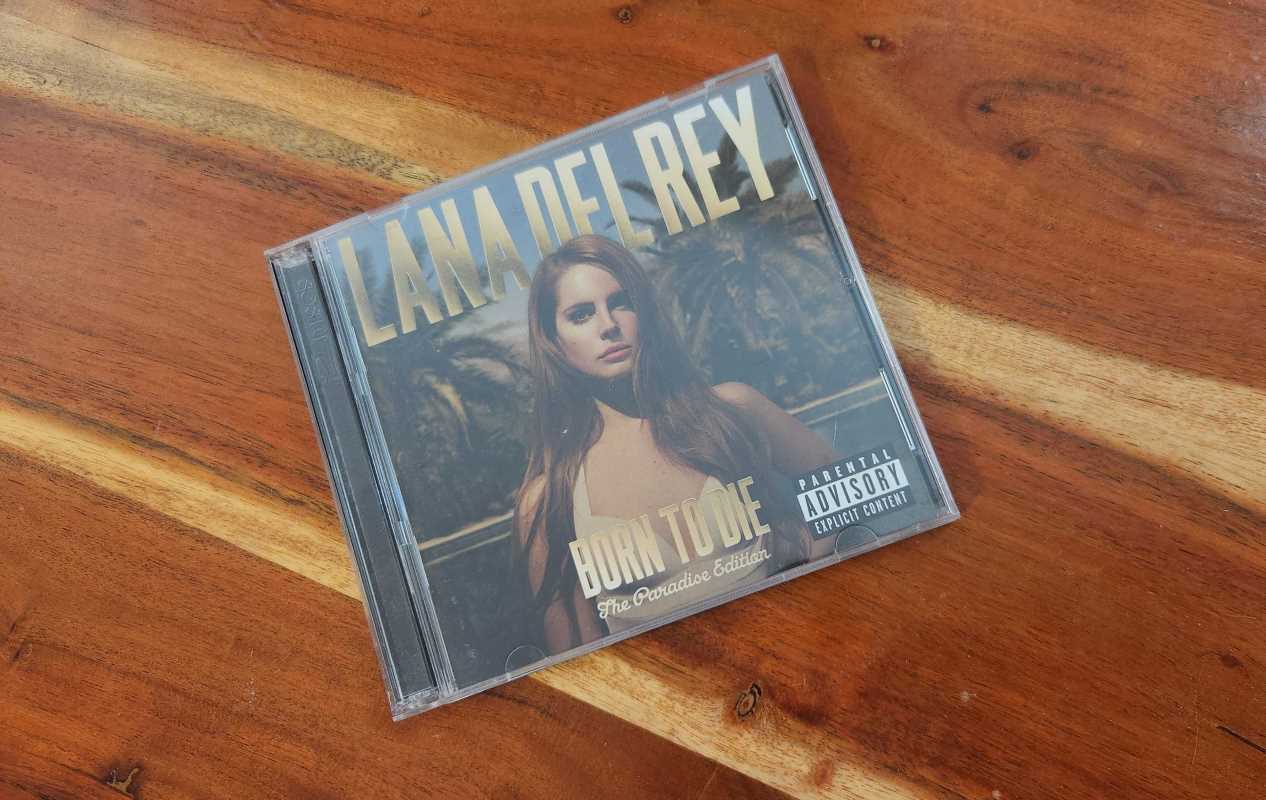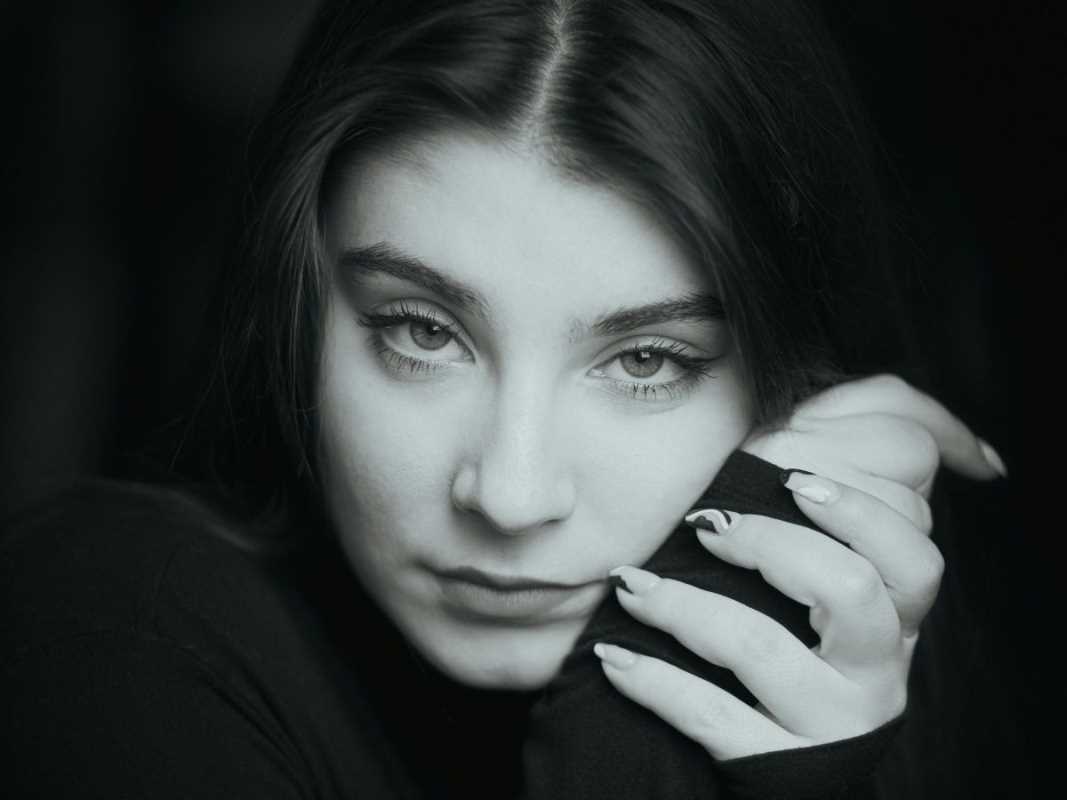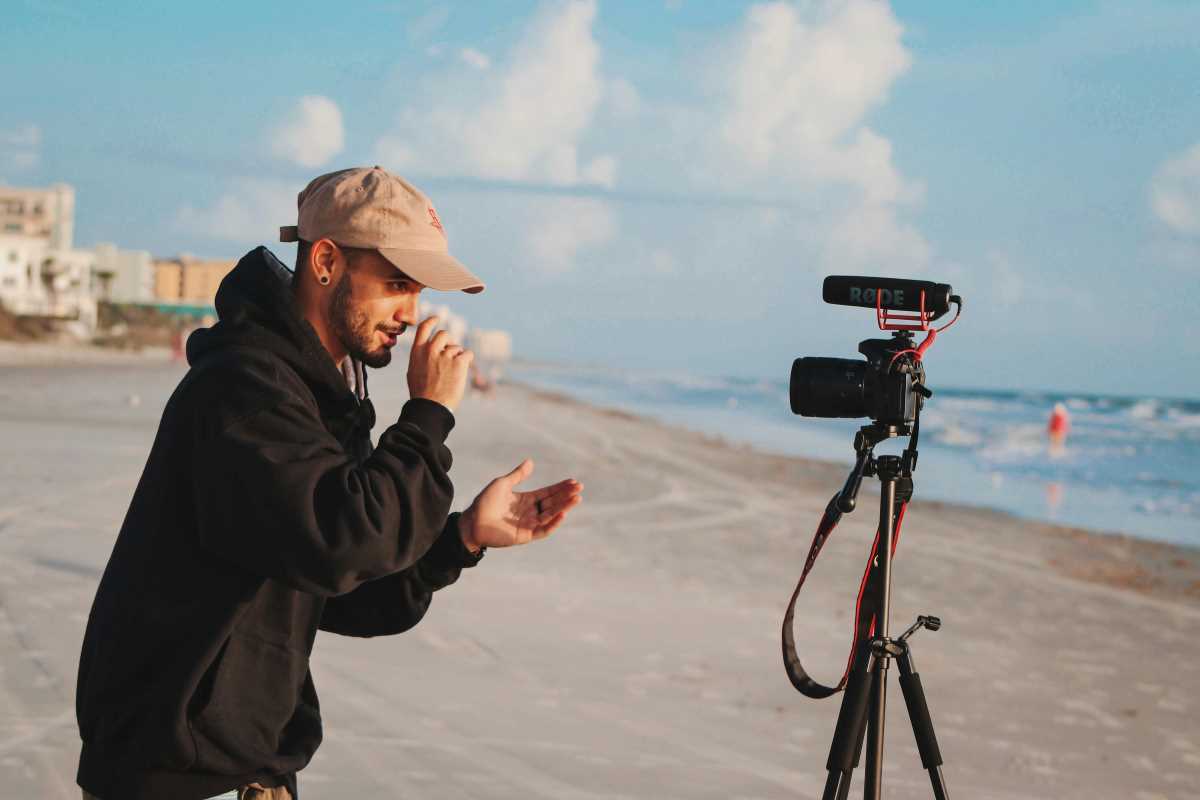In an era where a single post can change a life, the entertainment industry has seen countless stories of unknown performers being catapulted into the spotlight thanks to viral campaigns. Sometimes it’s a clever marketing strategy; other times it’s pure accident. Either way, the results have reshaped how fame works. The stories behind these viral rises show how powerful the internet can be for those who know — or stumble upon — how to use it.
Rebecca Black – From “Worst Song Ever” to Pop Culture Icon
Rebecca Black’s “Friday” is perhaps one of the most legendary examples of viral fame. Released in 2011, the music video was originally created as a fun project through a company called Ark Music Factory. But what was intended as a lighthearted teen pop song quickly exploded online — for all the wrong reasons. Viewers mocked the song’s overly simplistic lyrics and robotic auto-tune, sharing it across forums, Facebook, and Twitter as a kind of guilty pleasure.
Within a week, “Friday” had millions of views, and Rebecca Black went from an unknown 13-year-old to a global name. She faced intense online criticism, but she also appeared on The Tonight Show with Jay Leno and became a cultural talking point about internet virality and bullying. Over time, she managed to reclaim her fame, relaunching her music career with more mature songs and an independent image. “Friday” may have started as a meme, but it made Rebecca Black a pioneer of accidental internet fame.
Justin Bieber – YouTube Covers and the Birth of a Pop Phenomenon
Before stadium tours and chart-topping hits, Justin Bieber was just a Canadian kid posting videos of himself singing on YouTube. In 2007, his mother uploaded clips of him performing R&B covers by artists like Ne-Yo and Usher. One of those videos caught the attention of Scooter Braun, a talent manager who saw star potential in the young singer. Braun reached out, flew Bieber to Atlanta, and introduced him to Usher — leading to Bieber’s signing with Island Records.
This grassroots digital discovery became one of the earliest examples of viral talent launching a global superstar. Bieber’s story changed how record labels scouted new artists, proving that platforms like YouTube could uncover raw, authentic talent without the traditional industry gatekeepers. His debut single, “One Time,” released in 2009, instantly climbed the charts — and Bieber became one of the first major stars born entirely from internet virality.
Lil Nas X – “Old Town Road” and the TikTok Takeover
Lil Nas X was an unknown college dropout when he released “Old Town Road” in late 2018. Mixing country and trap beats, the song didn’t fit neatly into any genre — and that’s exactly what made it viral. He strategically used TikTok, then still emerging as a cultural force, encouraging users to create videos with the track.
The #YeehawChallenge became one of the first major viral trends on TikTok, helping the song explode across demographics. In a few short weeks, “Old Town Road” dominated streaming platforms and forced Billboard to reconsider its genre rules when it controversially removed the song from the country charts. By the time Lil Nas X teamed up with Billy Ray Cyrus for the remix, he was already a household name. The campaign’s mix of humor, meme power, and social media savvy turned an independent SoundCloud track into one of the longest-running No. 1 hits in Billboard history.
Carly Rae Jepsen – “Call Me Maybe” and the Celebrity Boost
Carly Rae Jepsen was a Canadian Idol finalist with modest success when her song “Call Me Maybe” began circulating online in 2011. The turning point came when Justin Bieber, Selena Gomez, and Ashley Tisdale filmed themselves lip-syncing to the song and uploaded the video to YouTube. That clip went viral almost instantly, introducing Jepsen’s bubbly pop tune to a massive international audience.
The song’s catchy chorus, paired with its DIY social media campaign, gave it unstoppable momentum. Soon after, Jepsen signed to Bieber’s manager Scooter Braun’s label, and “Call Me Maybe” topped charts in more than 25 countries. It wasn’t a traditional marketing campaign, but a perfect example of how celebrity participation and viral fan content could turn an underrated song into a global hit.
PSY – “Gangnam Style” and the Global Meme Revolution
In 2012, few outside South Korea had heard of PSY, a Korean pop artist known for his quirky humor and high-energy performances. That changed when his single “Gangnam Style” — complete with its unforgettable horse-riding dance — took YouTube by storm. What began as a local hit in Seoul became an international sensation, largely fueled by memes, parodies, and social media shares.
“Gangnam Style” became the first YouTube video to reach one billion views, proving that viral fame could transcend language and geography. PSY’s music video was shared by celebrities, politicians, and fans worldwide, and even Barack Obama referenced it. The campaign wasn’t orchestrated by a major label — it grew organically through humor and internet culture. PSY’s rise opened the doors for K-pop’s global expansion, inspiring future artists to use digital virality as a launchpad to worldwide recognition.
Lana Del Rey – The Mystery of “Video Games”
Before she was the glamorous indie pop figure we know today, Lana Del Rey was a struggling singer-songwriter uploading homemade music videos. In 2011, her song “Video Games,” featuring nostalgic visuals and cinematic melancholy, quietly appeared on YouTube. It didn’t take long for blogs and music critics to pick it up, drawn to her mysterious aesthetic and haunting voice.
The video spread across Tumblr and music blogs, turning Lana into an internet enigma overnight. Fans debated whether she was an authentic artist or a carefully constructed persona, but the conversation only fueled her popularity. Within months, she landed a major record deal and performed on Saturday Night Live. What began as a low-budget upload became one of the most memorable viral introductions of the 2010s.
Dream – Anonymity and the Power of Gaming Virality
In the gaming world, the YouTuber known as Dream became famous for his Minecraft content — but it wasn’t just gameplay that made him go viral. His “Minecraft Manhunt” videos, where he tried to beat the game while others attempted to stop him, created a new format that spread rapidly through the gaming community. The creative idea, combined with his anonymity, built intense curiosity and engagement.
Dream’s rise from an unknown creator to one of YouTube’s most-watched personalities showed how viral content could launch an entire brand. He later revealed his face during a major online event, drawing millions of views and sparking widespread media coverage. His story illustrates how virality today can go far beyond music or acting — it’s about creativity and connection in any medium.
 (Image source: Inuvo)
(Image source: Inuvo) 





